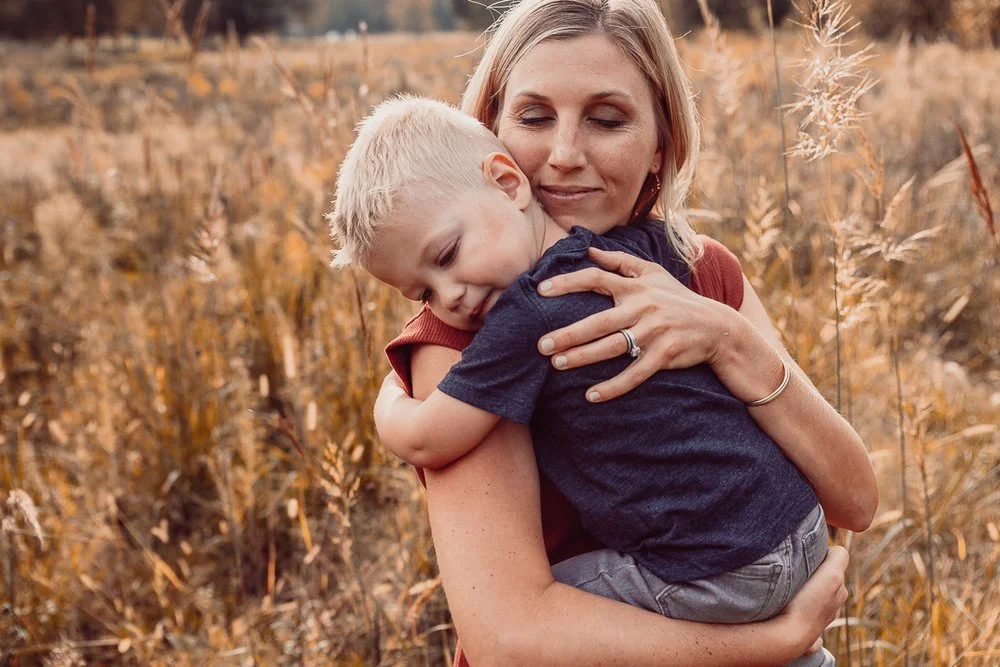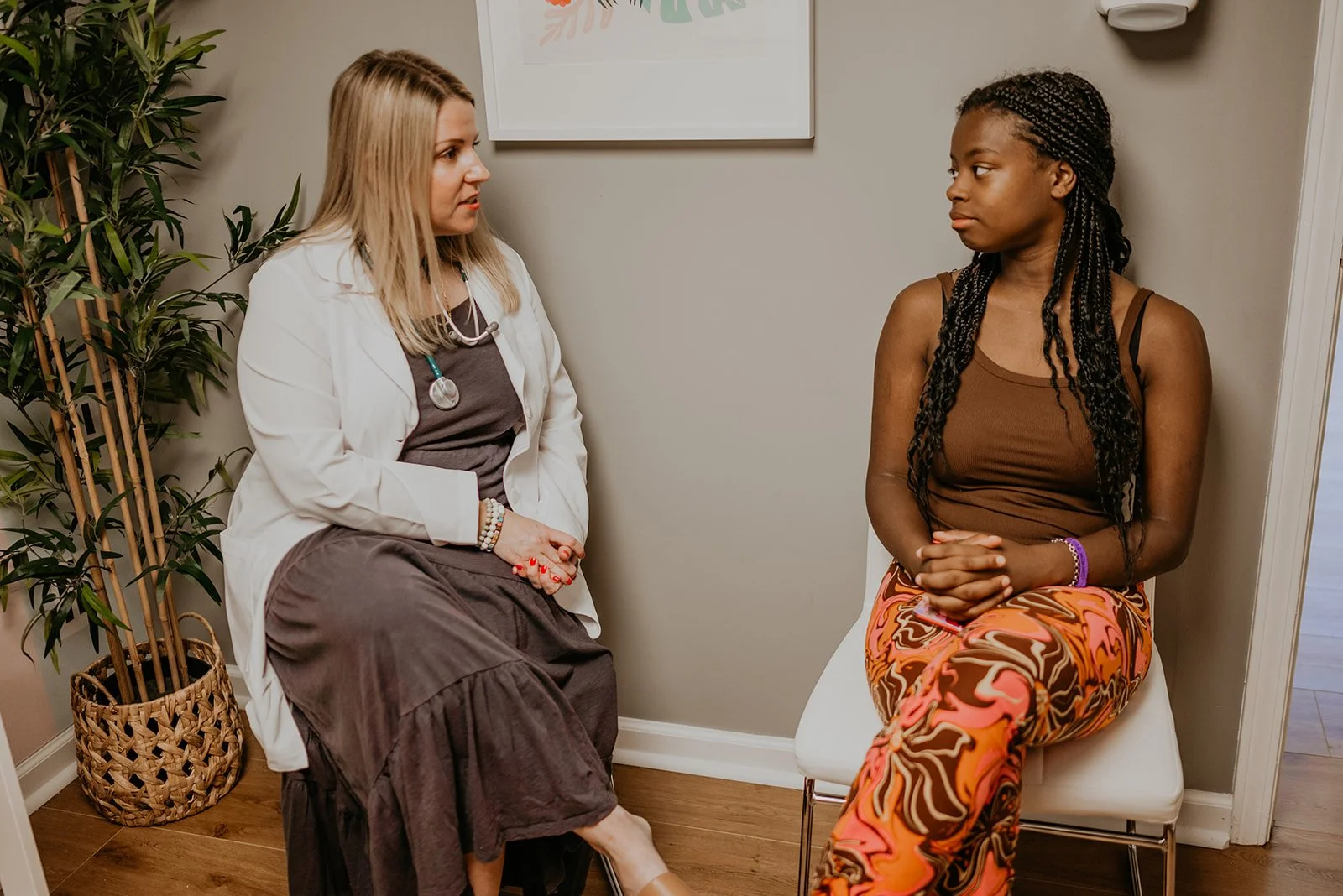Breaking down common sleep struggles with Kendra of Dovely Dream Sleep
If you’re like us, you probably have all the questions about kiddos and sleep. Are they getting enough? Is it normal? How do I get them to sleep more? To help you avoid the dreaded late-night Google scroll, we called in sleep expert Kendra Dove of Dovely Dream Sleep Consulting who’s also a CityMom! She gave us the tips and insights below to help you handle common (and not-so-common) sleep struggles with kids.
First, some reassurance: 50% of kids will have a sleep issue during childhood! Common sleep problems in children include sleepwalking, sleep talking, and night terrors. They may also experience confusional arousals, when they appear awake but are mumbling, crying, or inconsolable. These often occur in the first half of the night while the child remains asleep. Nightmares tend to happen in the second half of the night. So how do you know if it’s a nightmare or night terror? Kids will wake up remembering a nightmare. Sleep (or night) terrors are different because though kids may scream or flail around, they usually don't wake up or remember them later.
Interested in direct primary care but want to know more?
Kendra gave us a few quick tips for facing these challenges:
Reassurance: Most of the time, a gentle back rub, soothing voice, and a parent’s presence are enough to encourage a child back to restful sleep.
Safety measures: Kids who sleepwalk or experience confusional arousals may benefit from placing their mattress on the floor to deter falls. Kids who frequently sleepwalk may need their bedroom doors kept closed or locked. Windows should also be locked and their room kept clear of obstacles.
Want one-on-one advice for your child's needs? Reach out to Kendra: Dovely Dreams Sleep Consulting
While most of the sleep issues above are not cause for concern, you may want to reach out to a professional if kids start to show daytime signs of inadequate sleep. Lack of sleep may lead to behavioral issues, irritability, trouble concentrating, and difficulty at school. If you notice any of these in your kiddo, talk to their doctor or consult a child sleep expert like Kendra!
Sleep consultant Kendra Dove and her son.
While not common, children can experience severe sleep disorders. Obstructive sleep apneas only occur in 2-5% of children. Symptoms include excessive daytime sleepiness, snoring, loud, noisy breathing, mouth breathing, pauses in breathing, restless sleep, or morning headaches. The most common cause of sleep apnea in children is enlarged tonsils and/or adenoids. If your little one is experiencing one or more of these symptoms, their doctor can do a complete exam to determine if it's time for a sleep study.
Are you having trouble sleeping? 7 signs it could be a sleep disorder
Another sleep concern that occurs in 10-30% of children is Behavioral Insomnia. Children unable to fall asleep or return to sleep on their own may struggle with getting enough sleep at night (and tired mamas will suffer too). While setting a brief, consistent routine will best prevent this condition, it can also be helpful to treat it as soon as you notice a problem. It is never too late to begin setting limits and consistency around bedtime to help children get sufficient sleep.
Here are Kendra's top 4 tips for setting a bedtime routine:
1. It's never too early (or too late) to start.
Start a bedtime routine now to help babies differentiate nighttime and prepare them for long stretches of sleep as they age. Even older kids who have never had a bedtime routine can benefit now. This is the first thing Kendra focuses on when working with toddlers and children who have sleep issues.
2. Keep it short and straightforward.
Let's face it-kids have a short attention span. Establish a system that works with your kid's unique needs. This could be as little as 10 minutes, but it should be less than 30 minutes for most kids.
WANT MORE SUPPORT? WATCH NOW: FreedomDoc expert Elizabeth Bowen of Your Corner Pediatrics discusses how inadequate sleep impacts kids in this Instagram Live
3. Bedtime routines will be different for every kid and family.
Choose a routine and bedtime that works for your schedule and your kids. Some ideas for part of a bedtime routine include bath>lotion>book>snuggles>bedtime. You can keep or remove any other options your kids would respond well to. You know them best! Just set limits so you don't end up reading 10 books a night (we’ve all been there).
4. Consistency is key.
Remember, it’s a routine because it stays the same each time. Consistency helps kids learn the steps and feel reassured in knowing what to expect. Are different caregivers putting kids to bed? In that case, share your family’s bedtime routine to improve the likelihood of good sleep when you’re away.
Kendra emphasizes the last point: consistency. Keep in mind that poor sleep habits or difficulty going to bed on time won't change overnight! Instead, start gradually and set firm boundaries. Changing habits takes time for everyone.







